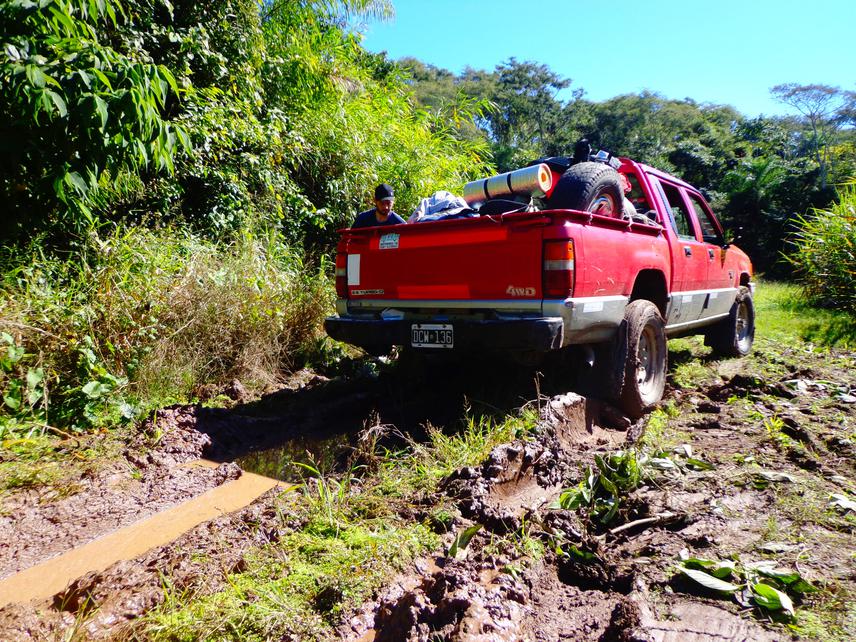María Flavia Caruso
Other projects
22 May 2014
The Impact of Local People’s Attitudes and Perceptions of Protected Areas on the Conservation of Jaguar (Panthera onca) In North-Western Argentina
12 May 2016
The Impact of Local People’s Attitudes and Perceptions of Protected Areas on the Conservation of Jaguar (Panthera onca) in Midwest and Northeast Argentinian
18 Oct 2021
Mammal Population Dynamics, Connectivity, Prevention and Control of Transboundary Wildlife Trade in the Yungas
Large carnivores such as the jaguar (Panthera onca) face persistent threats and declines. The southernmost subpopulations of the species, such as Argentina and southern Bolivia, are particularly threatened, where landscape links are tenuous as a result of habitat fragmentation. The use of ecological corridors to maintain landscape connectivity has become increasingly relevant to the conservation of a wide range of species, including the jaguar. This work is the first attempt to identify the critical areas needed to ensure jaguar mobility between Baritú National Park (Argentina) and Tariquía National Reserve (Bolivia).

This study responds to the need to determine jaguar presence and functional habitat connectivity for the species between Baritú NP (BNP) and Tariquía National Reserve (TNR). The jaguar is listed as Near Threatened on the IUCN Red List. In the 1990s, a binational initiative established the Baritú-Tariquía Ecological Corridor (BTEC) to provide contact between jaguar populations in NW Argentina and S Bolivia. However, the presence of the jaguar and the functional habitat connectivity for the species between BNP and TNR are currently unknown.
My study has the following objectives:
1- Determine the presence of the jaguar and its main preys along the BTEC;
2- Define the lowest cost functional connectivity for the jaguar between the two PAs;
3- Use the information the presence of the jaguar and its preys, to validate the potential lower-cost paths between these PAs;
4- Define a bi-national corridor that allows functional connectivity between both PAs for jaguar conservation, identifying critical points with threats and how to protect them
5- Train PA's staff from Argentina and Bolivia on topics related to the fieldwork methodology proposed in this project and return of research results obtained.